Networked Teaching & Learning: Frameworks, Practices and Resources
11 Dec, 2020
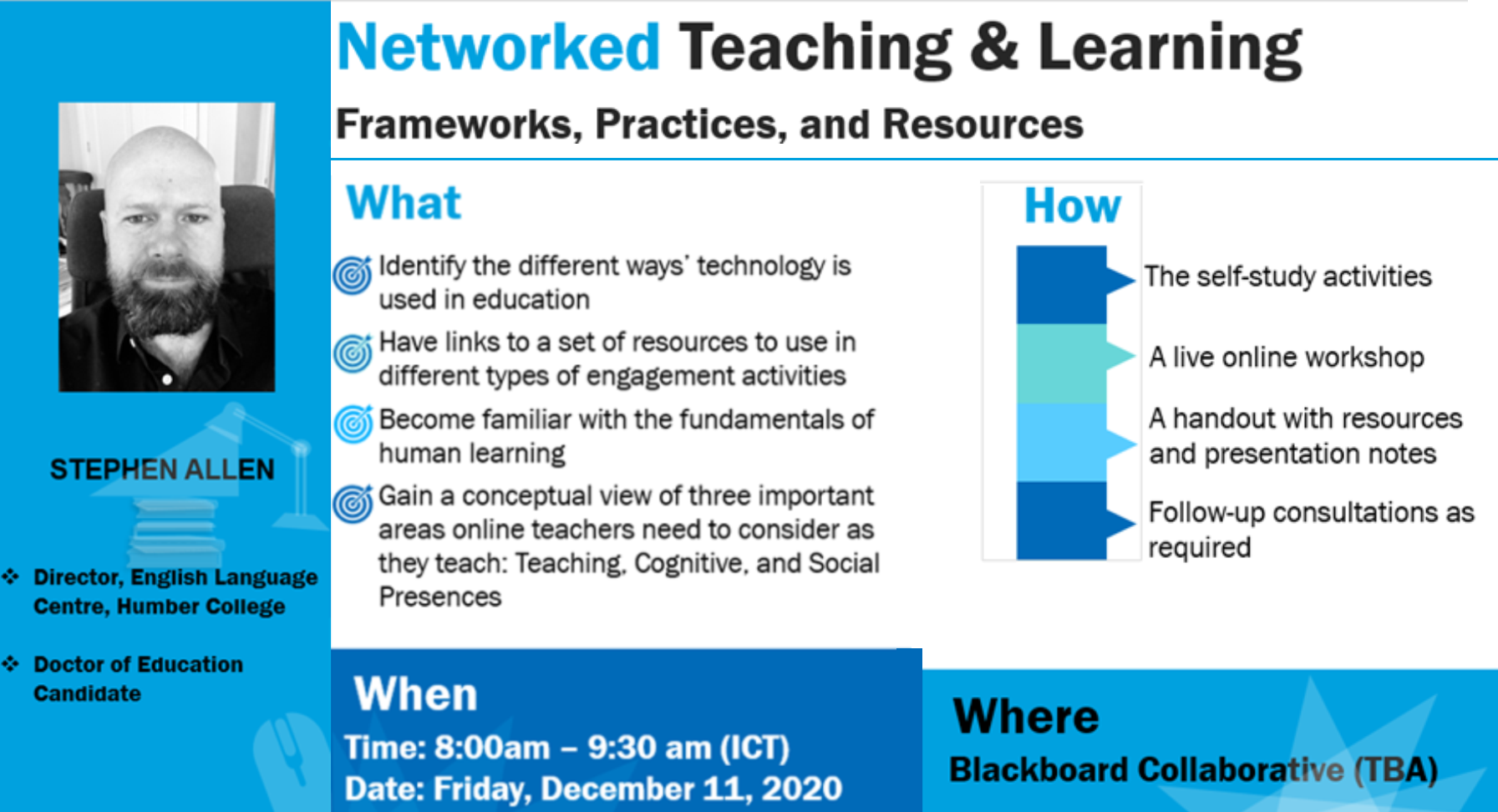
Schedule for the live online workshop: 8:00 am – 9:30 am, Friday, December 11, 2020 (Vietnam time)
Deadline for registration: Friday, November 27
Link for registration: Here
Workshop Topics:
1. Creating a Community of Inquiry Online by building social, teaching, and cognitive presence
- Social presence is the ability of participants to identify with the community (e.g., course of study), communicate purposefully in a trusting environment, and develop inter-personal relationships by ways of projecting their individual personalities.
- Teaching Presence is the design, facilitation, and direction of cognitive and social processes to realize personally meaningful and educationally worthwhile learning outcomes
- Cognitive Presence is the extent to which learners can construct and confirm meaning through sustained reflection and discourse
2. Facilitating social, teaching, and cognitive presence in online teaching environments
- This section offers practical suggestions professors can use to build these presences in their courses
3. The fundamental ways humans learn
- This section outlines the six ways humans engage in learning
4. Facilitating human learning through the use of digital and conventional technologies
- This section contrasts and provides suggestions on how digital and conventional technologies can be used to support learning
5. Open Educational Resources
- This part provides participants with open and free to use resources they can use to facilitate online and/or in-class learning
Pre-workshop self-study materials
Before the workshop, we would provide the participants with pre-reading/self-study materials before the live workshop. This will helps participants to
1. have a basic idea of two frameworks (Community of Inquiry and Technology Integration Matrix) to organize their facilitation sessions.
2. be aware of the different ways’ technology is used in education
3. have links to a set of resources to use in different types of engagement activities
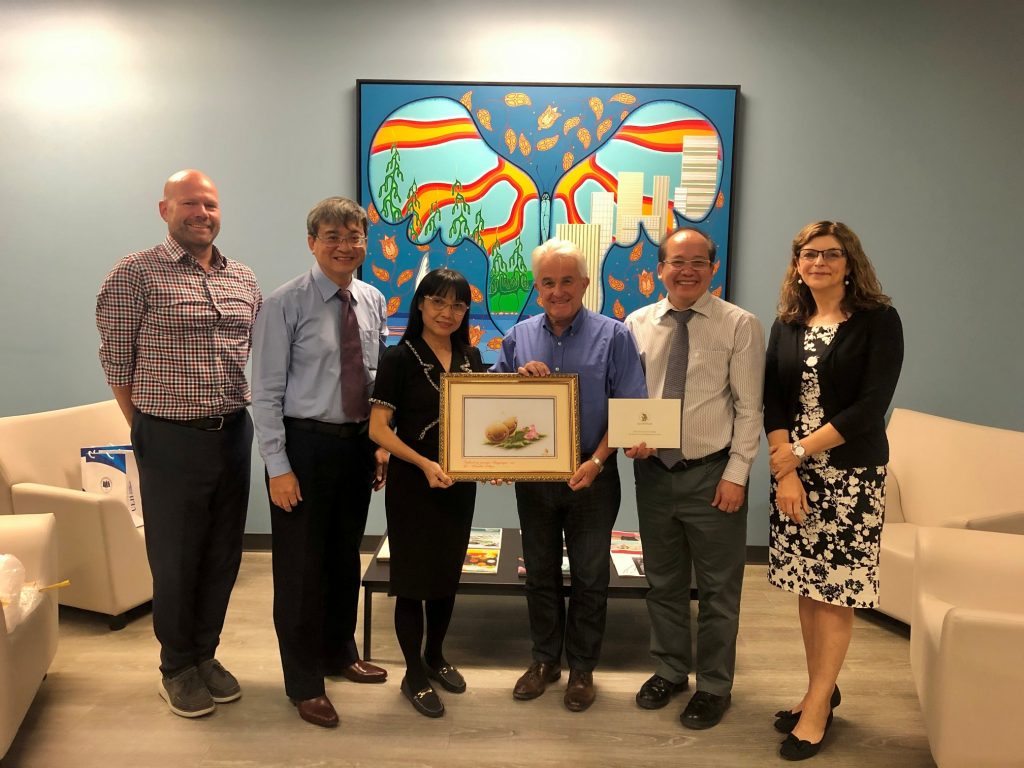

Schedule for the live online workshop: 8:00 am – 9:30 am, Friday, December 11, 2020 (Vietnam time)
Deadline for registration: Friday, November 27
Link for registration: Here
Workshop Topics:
1. Creating a Community of Inquiry Online by building social, teaching, and cognitive presence
- Social presence is the ability of participants to identify with the community (e.g., course of study), communicate purposefully in a trusting environment, and develop inter-personal relationships by ways of projecting their individual personalities.
- Teaching Presence is the design, facilitation, and direction of cognitive and social processes to realize personally meaningful and educationally worthwhile learning outcomes
- Cognitive Presence is the extent to which learners can construct and confirm meaning through sustained reflection and discourse
2. Facilitating social, teaching, and cognitive presence in online teaching environments
- This section offers practical suggestions professors can use to build these presences in their courses
3. The fundamental ways humans learn
- This section outlines the six ways humans engage in learning
4. Facilitating human learning through the use of digital and conventional technologies
- This section contrasts and provides suggestions on how digital and conventional technologies can be used to support learning
5. Open Educational Resources
- This part provides participants with open and free to use resources they can use to facilitate online and/or in-class learning
Pre-workshop self-study materials
Before the workshop, we would provide the participants with pre-reading/self-study materials before the live workshop. This will helps participants to
1. have a basic idea of two frameworks (Community of Inquiry and Technology Integration Matrix) to organize their facilitation sessions.
2. be aware of the different ways’ technology is used in education
3. have links to a set of resources to use in different types of engagement activities


![[Research Contribution] Factors Affecting Gen Z's Intention To Buy Green Cosmetics Through The Intermediate Variable Of Consumers' Attitude](/images/upload/thumbnail/ueh-thumbnail-639018655243295179.png)

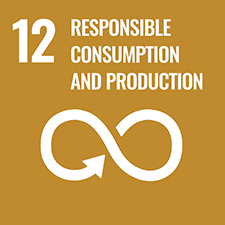

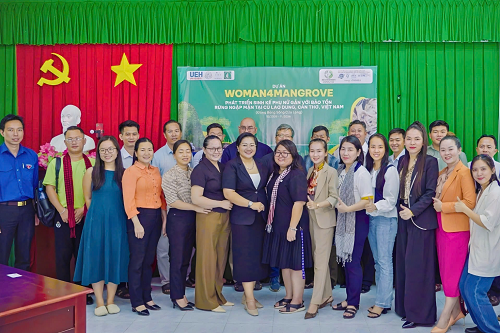
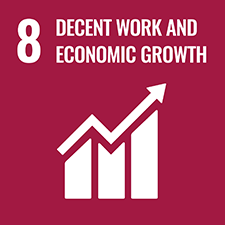
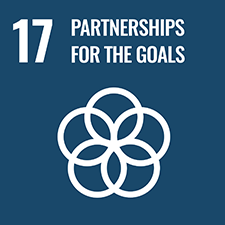

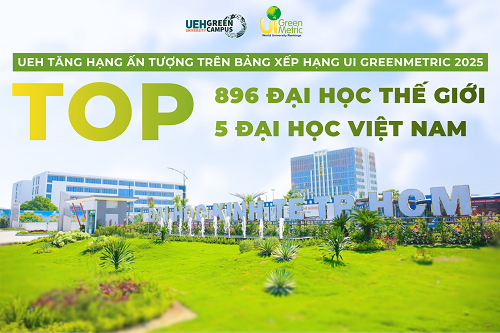
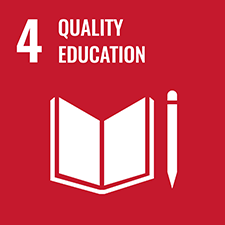
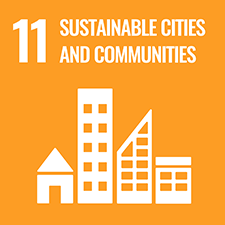
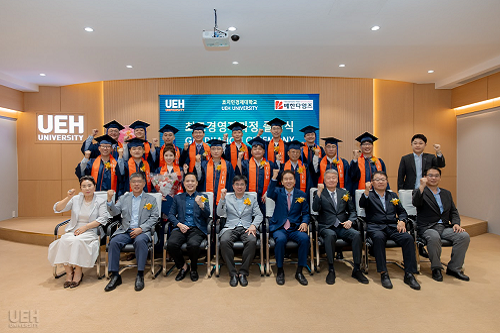
![[Research Contribution] The relationship between green finance and environmental degradation: Empirical evidence from countries participating in the "Belt and Road Initiative"](/images/upload/thumbnail/ueh-thumbnail-639015796322698758.png)
